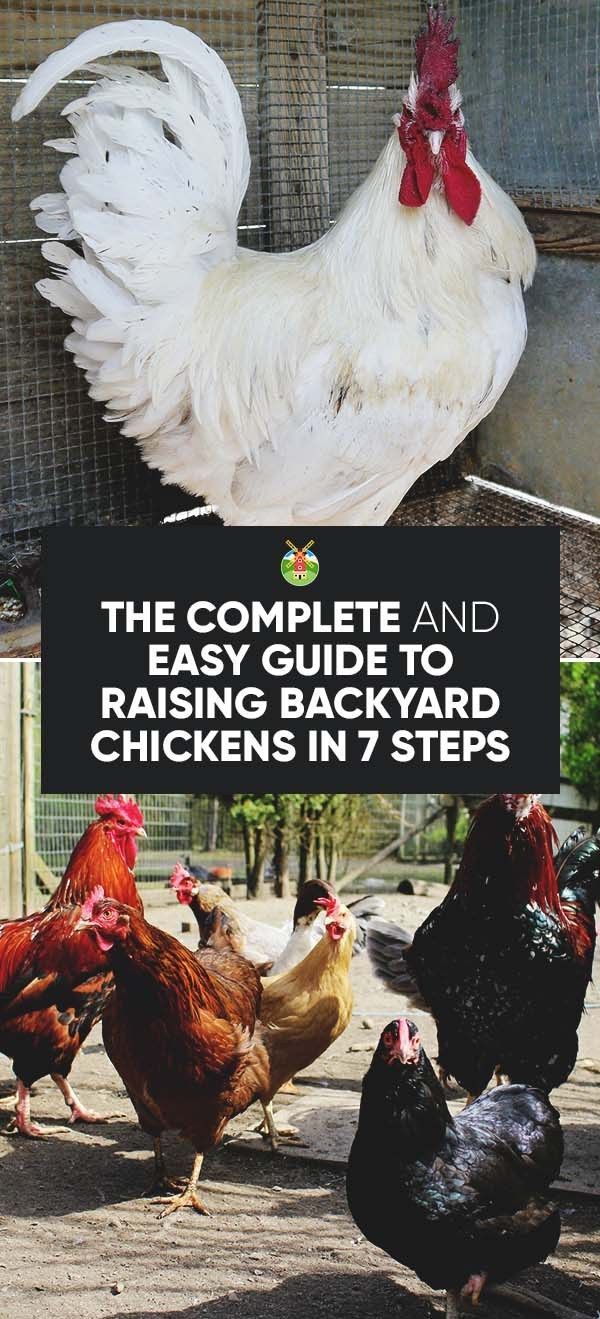Backyard Chicken Laws and Regulations: What You Need to Know
Keeping backyard chickens has become increasingly popular among rural homeowners and homesteaders. Not only do these feathered friends provide fresh eggs, but they also offer companionship and can help control pests in the garden. However, before you jump headfirst into raising your own flock, it’s crucial to familiarize yourself with the local laws and regulations governing backyard chicken-keeping. In this article, we’ll explore some common aspects of backyard chicken regulations that every aspiring poultry enthusiast should be aware of.
Zoning Restrictions
One of the first things you need to consider is whether your property is zoned for keeping chickens. Zoning restrictions vary from one municipality to another, so it’s essential to check with your local planning or zoning department. Some areas have specific guidelines regarding lot size, setback requirements (the distance between coops and neighboring properties), noise limitations, and the maximum number of chickens allowed per household.
In some urban or suburban neighborhoods, raising chickens may not be permitted at all due to zoning restrictions aimed at maintaining a certain aesthetic or preventing nuisances like odors or excessive noise. It’s worth noting that even if your current location doesn’t allow backyard chickens, nearby municipalities may have more relaxed regulations—so consider exploring alternative options within driving distance.
Permitting Process
If keeping backyard chickens is allowed in your area, you may still need to obtain permits or licenses before starting your flock. These permits typically involve paying a fee and filling out an application that provides information about the intended size of the coop, number of birds planned for housing, and sometimes even details about predator-proofing measures.
The permitting process ensures that basic health and safety standards are met while preventing overcrowding or other potential issues associated with improper chicken husbandry practices. Additionally, these permits often require periodic inspections by animal control officers or designated authorities responsible for enforcing such regulations.
Coop Requirements
The construction and design of your chicken coop are critical aspects that need to be compliant with local regulations. These requirements usually aim to maintain the welfare of the birds, prevent the spread of diseases, and minimize any adverse impacts on the surrounding environment.
Typical coop regulations focus on factors such as adequate ventilation, proper insulation for climate control, sufficient space per bird (both inside and outside), secure fencing or enclosures to protect against predators, appropriate waste management systems, and easy access for cleaning and maintenance purposes. Some areas also have guidelines regarding aesthetics, requiring coops to blend harmoniously with neighboring properties.
Noise Regulations
While chickens are not known for being excessively noisy animals compared to dogs or certain bird species, some municipalities may have specific noise restrictions in place. These limitations often include quiet hours during which roosters must be kept indoors or soundproofed coops designed to minimize disturbances caused by crowing.
The primary concern is usually related to protecting neighbors from potential noise nuisances. If you plan on keeping roosters in your backyard flock, it’s crucial to verify whether they’re allowed within your area due to their tendency towards early morning crowing. In many cases, regulations only permit hens since they don’t produce loud vocalizations like their male counterparts.
Biosecurity Measures
Biosecurity measures are essential for preventing disease outbreaks among poultry flocks. Many jurisdictions have specific guidelines in place aimed at protecting both commercial operations and backyard flocks from avian influenza (AI) or other contagious diseases that can devastate entire populations.
Common biosecurity protocols include:
1. Limiting contact with wild birds: This can involve using netting or other physical barriers around outdoor areas where chickens roam freely.
2. Isolation: Newly acquired birds should be quarantined before introducing them into an existing flock.
3. Sanitation: Regularly cleaning feeders, waterers, bedding materials, equipment used during poultry care routines helps reduce contamination risks.
4. Restricted access: Limiting visitors to your flock, particularly those who have recently been in contact with other poultry, can minimize the risk of introducing diseases.
It’s crucial to familiarize yourself with your local regulations regarding biosecurity measures and ensure compliance to protect not only your own birds but also the broader poultry community.
Health and Disease Reporting
In many areas, backyard chicken owners are required by law to report any signs of illness or disease within their flocks. This reporting helps authorities monitor potential outbreaks and implement appropriate control measures promptly.
Common signs of disease that should be reported include sudden deaths, unusual behavior or appearance, decreased egg production, respiratory distress, diarrhea, or any other symptoms that deviate from normal flock health. Local animal control departments or state agriculture agencies usually oversee these reporting requirements and can provide guidance on how to proceed if you suspect a disease outbreak among your chickens.
Conclusion
While raising backyard chickens is an enjoyable and rewarding experience for many rural homeowners and homesteaders alike, it’s essential to understand and abide by local laws and regulations governing this activity. Familiarize yourself with zoning restrictions specific to your area, obtain any necessary permits or licenses before starting your flock, construct a coop that meets all relevant building requirements while providing a safe environment for the birds. Additionally, make sure you adhere to noise limitations if applicable while implementing proper biosecurity measures to safeguard both your flock’s health as well as the wider poultry community. By respecting these regulations and practicing responsible chicken-keeping techniques, you’ll be able to enjoy fresh eggs straight from your own backyard without causing any disruptions within your neighborhood.


Leave a comment